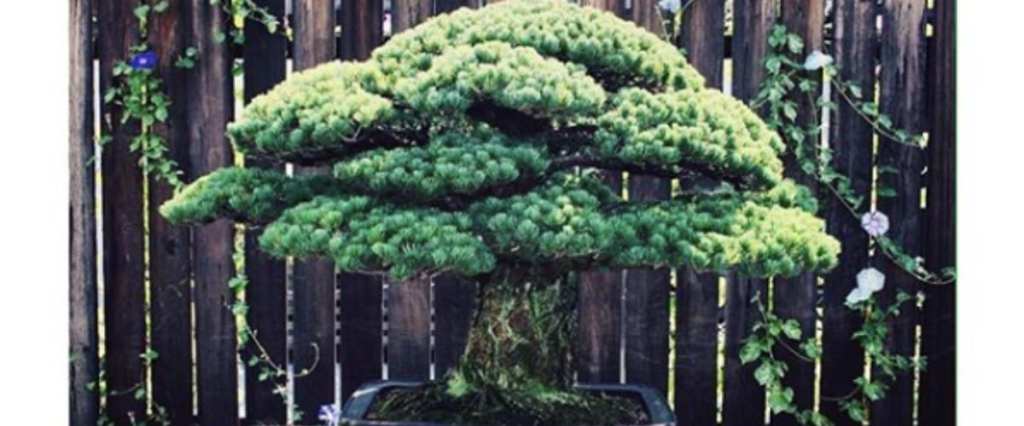At the National Bonsai & Penjing Museum in Washington, D.C., is a piece of Japan’s history that dates back to the 17th century.
It’s a bonsai tree, gifted by master Masaru Yamaki to America on its bicentennial. The 392-year-old white pine is the oldest tree in the collection – it was planted in 1625, cultivated and personally cared for over the years by one master or another, and was living only 2 miles from where the U.S. dropped the atomic bomb on Hiroshima.
https://www.instagram.com/p/BuzPNeHgsJX/
The Yamaki family – Masaru’s son and grandson – revealed that the tree was sitting on a garden bench at their home when the bomb went off. It survived (and so did all of the other trees in their garden, along with their family).
https://www.instagram.com/p/BO_7AR9jxfZ/
Though the tree’s history is amazing (it’s a rare specimen that hails from the island of Miyajima), it’s not the oldest bonsai in the world – that title belongs to a 550-year-old tree at Tokyo’s Imperial Palace.
They have one that’s 450 years old, too, though no word on how close either of those were to a bomb that stunned the world with its destructive power.
The gift of the tree was a nice gesture, but you have to wonder how it feels about residing in the country who dropped an atomic bomb so close to its home – and if plants had memories, whether it would ever be able to forget the devastation it must have witnessed that day, and in the years that followed.






